What does blues, bebop, improvisation, Science fiction, soap operas, Carousel, and Sigmund Freud have in common? They are all subjects found in Ornette Coleman’s music which has inspired me since I was a teenager in the late 1970’s. However, I was introduced to Ornette’s music through my study of jazz guitar. Fortunately a good friend’s older brother had a treasure trove of ECM records that he encouraged me to listen to. One record I borrowed, and bought soon afterwards, was Pat Metheny’s “Bright Size Life”. I did my best to learn most of the songs on that record including his covers of Ornette Coleman’s “Round Trip” and “Broadway Blues”. So, I feel that Metheny introduced me to Ornette’s music. Thanks Pat! Then I got some of Ornette’s records and learned from them. After I moved to NYC in 1996 I met Ornette. It’s been an honor to get to know him and play music with him many times at his home. Sometimes with a band and several times for many hours playing duo. He is a very generous person and I can’t thank him enough for the experience, insight and inspirations he has shared.
In the essay below, the music of Ornette Coleman’s output will be read against Linda Hutcheon’s A Theory of Parody – The Teachings of Twentieth Century Art Forms. As you may recall, Hutcheon’s work has been covered here before. A few weeks ago I reviewed Hutcheon’s book. You can read that review HERE . In this review I note, “Hutcheon details the range of intent in contemporary parody, distinguishing characteristics illuminate it’s nature in contrast to allusion, burlesque, pastiche, plagiarism, quotation, satire and travesty. Hutcheon’s book is a reconsideration of both the nature and the function of parody. Hutcheon identifies contemporary parody as a unique theoretical perspective that intersects with invention and critique as a way to deal with the texts and discourses of the past. Parody is a dialogue with the forms of the past, a dialogue that re-circulates rather than immortalizes...
Read More


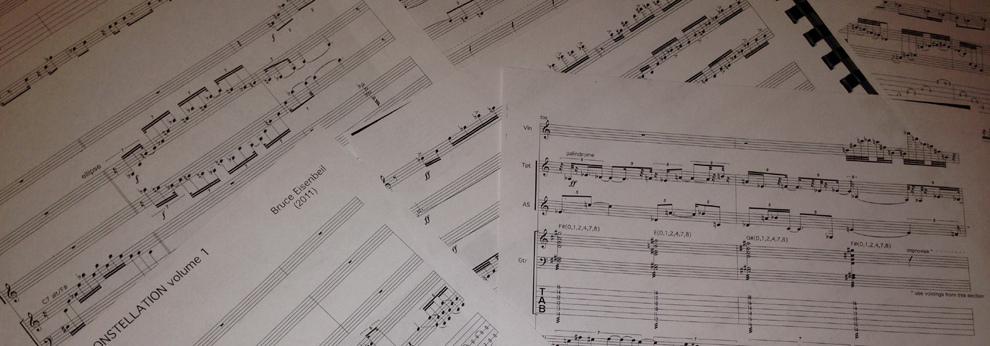

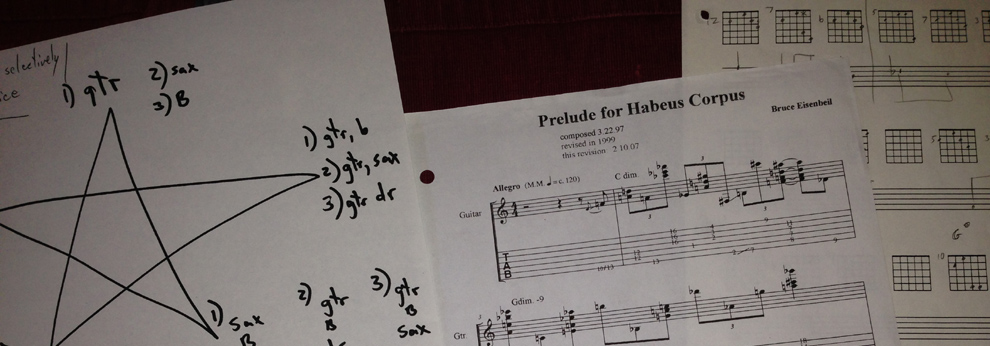
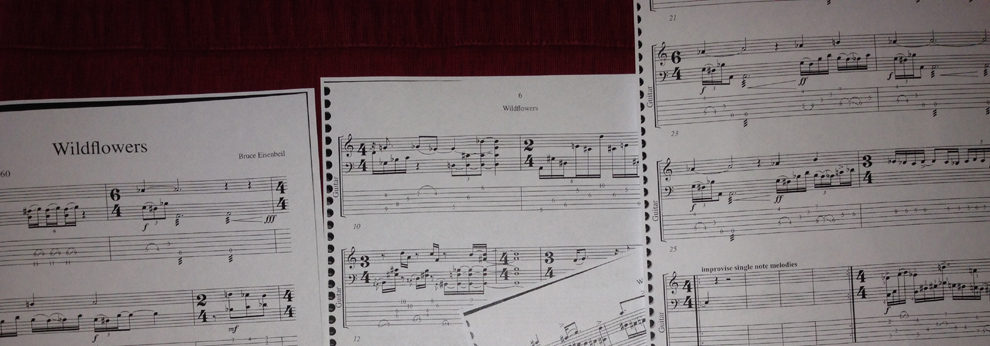








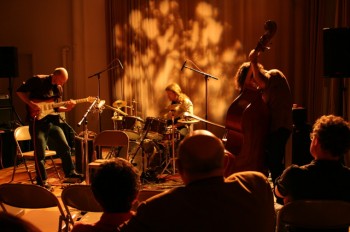
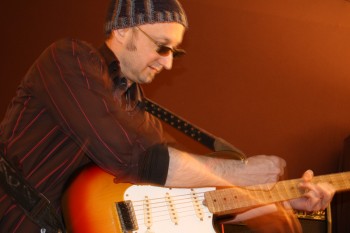
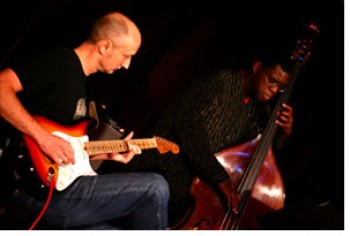
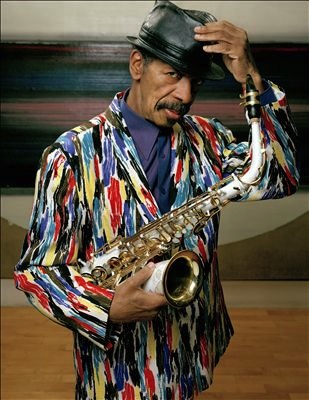
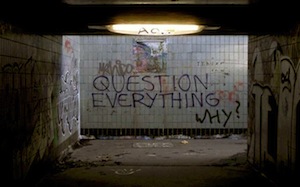
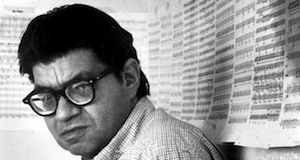
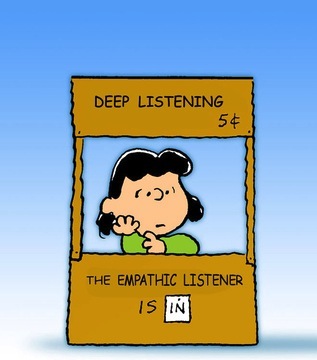
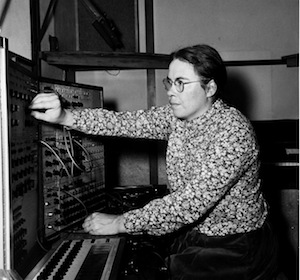
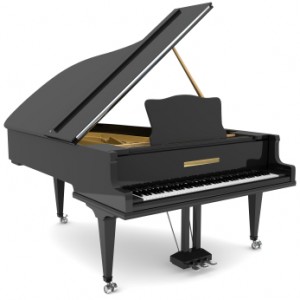
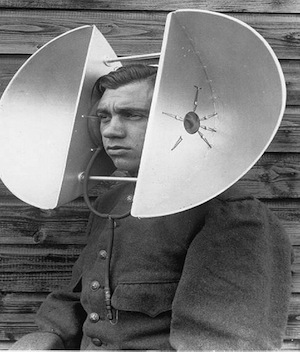
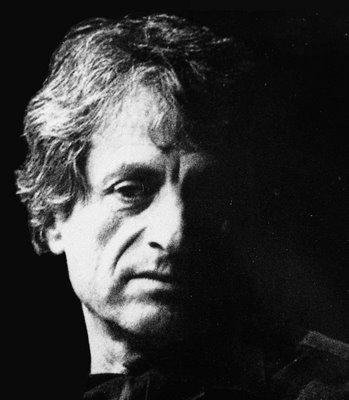

Social Profiles